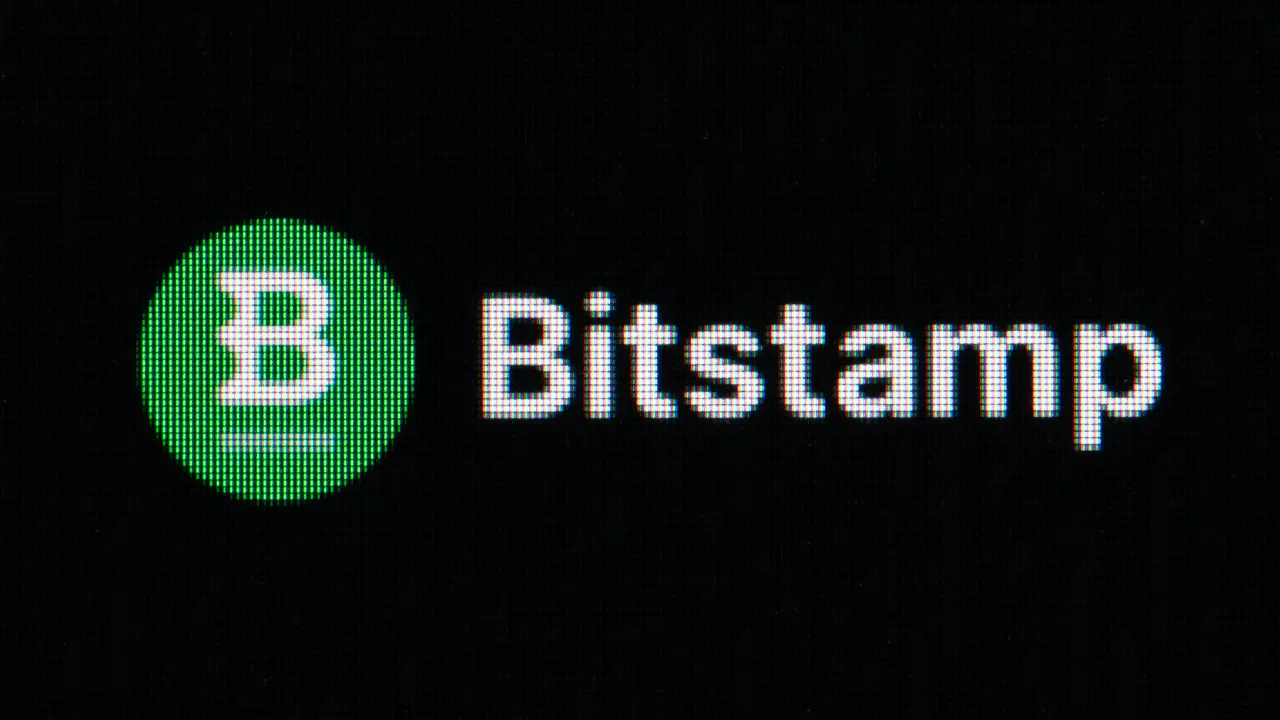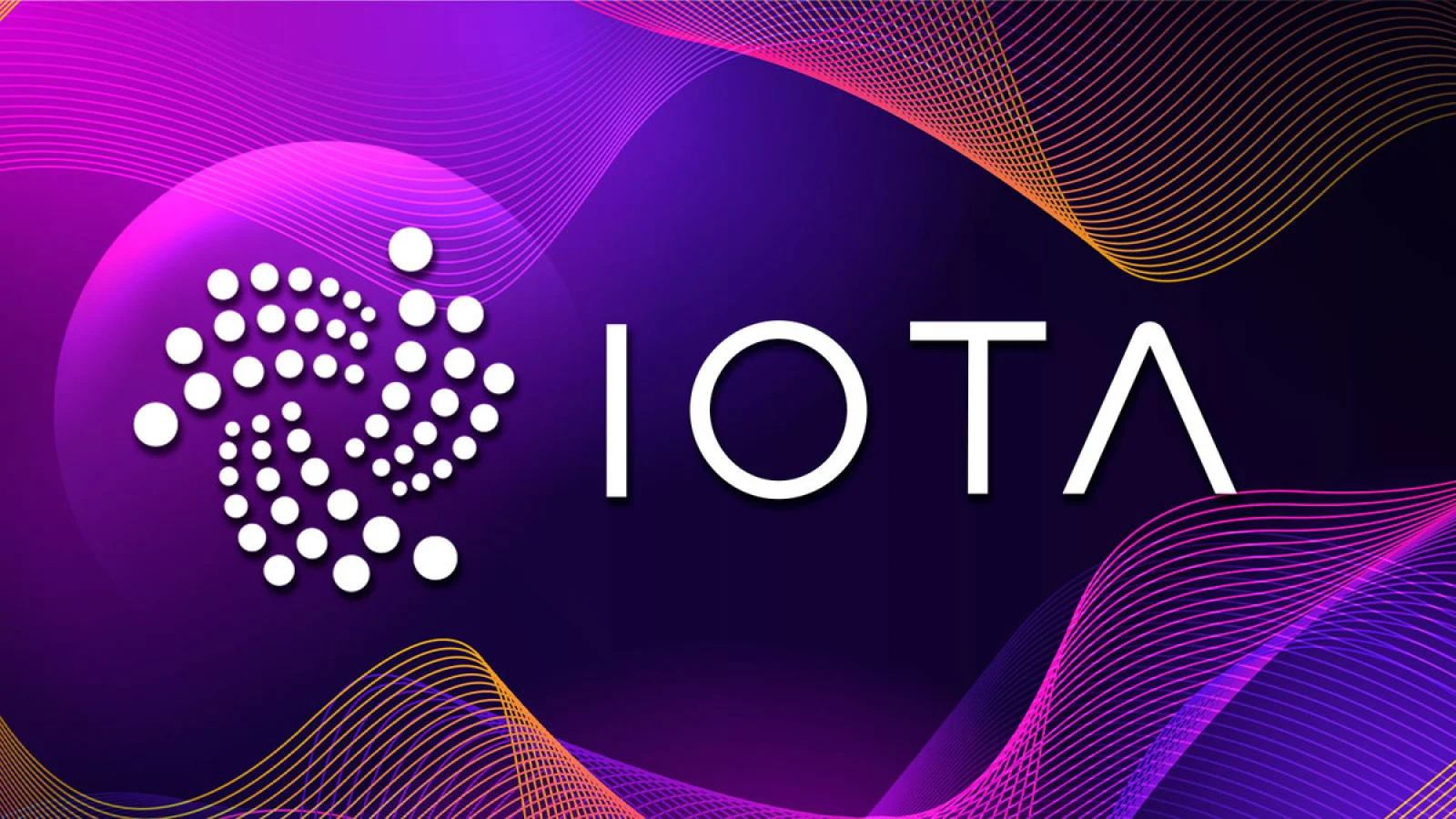|
Getting your Trinity Audio player ready...
|
Leading cryptocurrency exchange Bitstamp announced the delisting of Euro Tether (EURT), a euro-pegged stablecoin issued by Tether, in a move to comply with the upcoming Markets in Crypto-Assets Regulation (MiCA) coming into full effect on June 30th.
Bitstamp, one of the first exchanges to list EURT in November 2021, is proactively addressing MiCA’s regulations. This decision comes as MiCA establishes a uniform framework for cryptocurrency regulation across the European Union.
Limited Impact, Broader Implications
The delisting primarily affects EURT, a stablecoin with a significantly smaller market cap compared to its dollar-pegged sibling, USDT, the world’s largest stablecoin by market value. Other non-euro denominated stablecoins like USDT and USDC remain unaffected, albeit with limited functionalities for European users. Bitstamp has also pledged not to list any new stablecoins that don’t meet MiCA’s requirements.
This move by Bitstamp highlights the potential impact of MiCA on the cryptocurrency landscape within the EU. While some exchanges like Uphold have taken a more drastic approach by delisting several stablecoins entirely, Bitstamp’s strategy suggests a willingness to adapt to the new regulatory environment.
Also Read: MiCA Shakes Up Europe’s Crypto Market: Uphold Delisted Stablecoins
Industry Divided on MiCA
Bitstamp’s Managing Director for the UK, James Sullivan, expressed support for MiCA’s goal of fostering a uniform regulatory approach for cryptocurrencies in Europe. He emphasized the importance of “proportionate response” to ensure consumer protection while allowing the crypto market to mature.
However, Tether, the company behind EURT, reportedly expressed reservations about MiCA. Tether CEO Paolo Ardoino reportedly stated in May 2024 that they don’t intend to be regulated under MiCA.
The Future of Crypto Regulation in Europe
The coming weeks will be crucial in understanding how MiCA shapes the European crypto market. While Bitstamp’s actions suggest a willingness to adapt, Tether’s stance reveals potential challenges for regulators seeking comprehensive oversight. As the dust settles, one thing remains clear: MiCA has sparked a conversation about the future of cryptocurrency regulation in Europe.
Disclaimer: The information in this article is for general purposes only and does not constitute financial advice. The author’s views are personal and may not reflect the views of Chain Affairs. Before making any investment decisions, you should always conduct your own research. Chain Affairs is not responsible for any financial losses.
I’m the cryptocurrency guy who loves breaking down blockchain complexity into bite-sized nuggets anyone can digest. After spending 5+ years analyzing this space, I’ve got a knack for disentangling crypto conundrums and financial markets.




